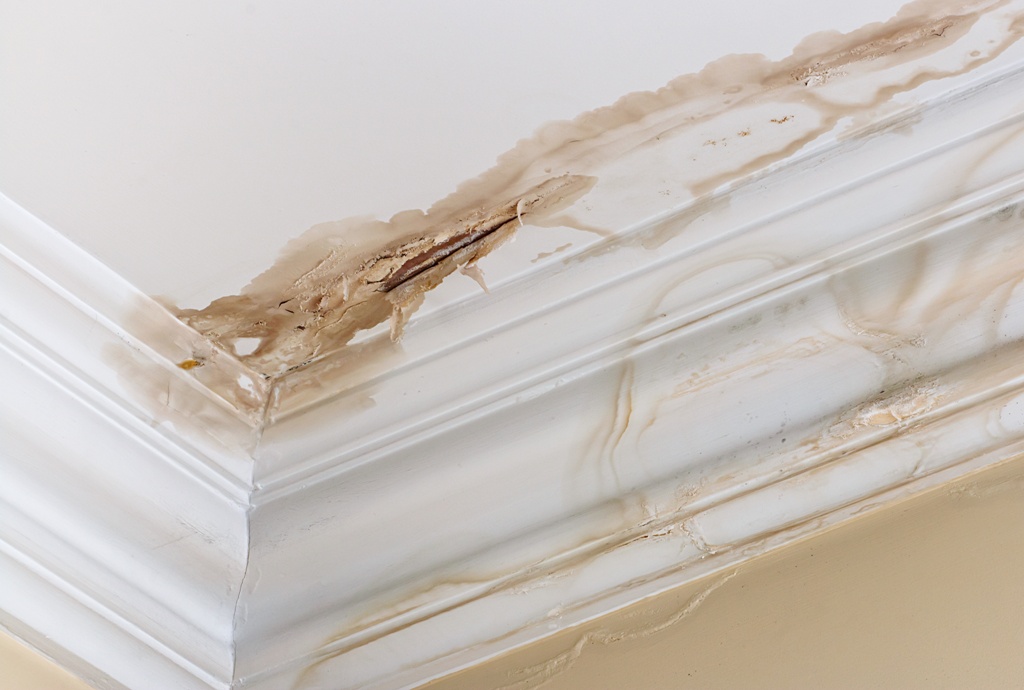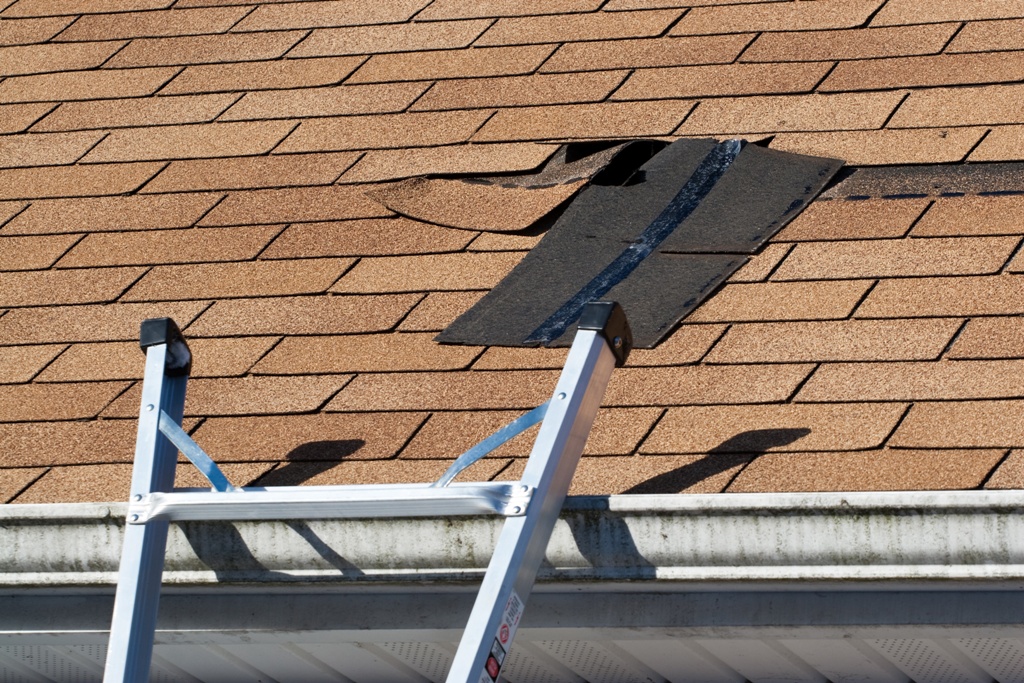When your roof shows signs of leakage, it can result in severe and expensive damage to your house. Once the water infiltrates your home, it can destroy the plaster or drywall, allowing mold to form and even rot the framing.
If the damage is likely, don’t waste time and fix your roof right away. In most cases, dealing with roof damage is a simple task that involves the application of roofing cement to a large gaping hole that requires professional help if you don’t have the skills. There are also cases where you have to carefully diagnose the issue and weigh in on the benefits of a repair job with roof leak repair Vancouver services or a complete overhaul to install a new roof.
Here are several tips on dealing with roof leaks that homeowners should be familiar with all over Canada.
Finding Roof Leaks
If you’re looking for a leak, start by checking at the roof uphill from the stain. The initial task is to search for any penetration damage. Objects that pierce through the roof are the usual source of leaks.
Penetration can include the vents and plumbing, chimneys, dormers, or any object projecting across the roof. Some can be a few feet above the leak or on both sides of it.
The simplest way to pinpoint a leak is to go up with a flashlight if you can access the attic. You will find black marks, water stains, or mold. In case there’s no direct access to the attic, you can go up and inspect closely.
Locating Hard-To-Find Leaks
If you’re having a tough ordeal in finding a leak, ask someone to observe from inside the house as you go on the roof and water down the site over the leaking spot. Isolate the areas concerned when watering down the roof, especially if a drip appears. With this approach, it will help pinpoint the exact sources of the problematic areas.
Dealing With A Minor Roof Leak
If the ceiling has a plastic vapor barrier on either side of the drywall and insulation, move the insulation to check for flow stains. Often, the water flows to any openings in the vapor barrier, such as light fixtures on the ceiling.
If you can’t find any flow marks or the discoloration is barely noticeable, inspect beneath the roof for ‘shiners’ or nails that failed to hit the framing. The moisture that moves into the attic from the rooms beneath often condenses on this type of nail. You can pinpoint one easier if you inspect your attic during a cold night. The nail will appear white since it’s frosted. The solution is to trim the nail using side-cutting pliers.

Replacing Shingles And Shakes
In case a few shingles or shakes need replacement, it’s a task most homeowners can manage without calling a professional. Buy replacement shingles or shakes, or look for leftover pieces from the original roof installation, if any. Remove the worn-out ones, install new underlayment, and add the new shingles or shakes.
Fixing Roof Vents
It would be best to inspect any splintered housings on plastic roof vents and damaged seams on metal ones. There’s no other solution than to replace worn-out vents. Don’t forget to check for drawn-out or absent nails at the base’s lowest edge and substitute them with screws that have rubber-washers.
Once you have a replacement, secure the base in place with one of those screws again. Apply caulk under the shingles on both flanks of the vent. The objective is to secure the shingles and serve as a water barrier at the same time.
Securing Curled Shingles
When you have curled-back shingles, you can secure them in place by applying a coat of asphalt roofing cement. If this is the cause of leaks, apply a generous amount of roofing cement beneath the shingles, and make sure to secure the edges and corners before pressing firmly to set. Take note that the shingles are more pliable during warm weather.
Clearing The Gutters
Most homeowners often overlook the gutters responsible for directing rainwater from the roof down to the ground. When leaves or other organic debris accumulate on the gutters over time, it can result in a dangerous blockage. If there’s an obstruction to water flow, it will build up on top of your house. The buildup might give away at some point and leak into your house. The ideal way to avoid this is to clean the gutters regularly.
Final Takeaway
It’s always better to be on the safe side of things and be proactive in inspecting your roof from time to time. Instead of spending money on costly professional-level repairs, everyday homeowners like you could save time and money if you put in the effort to search for leak repairs.






